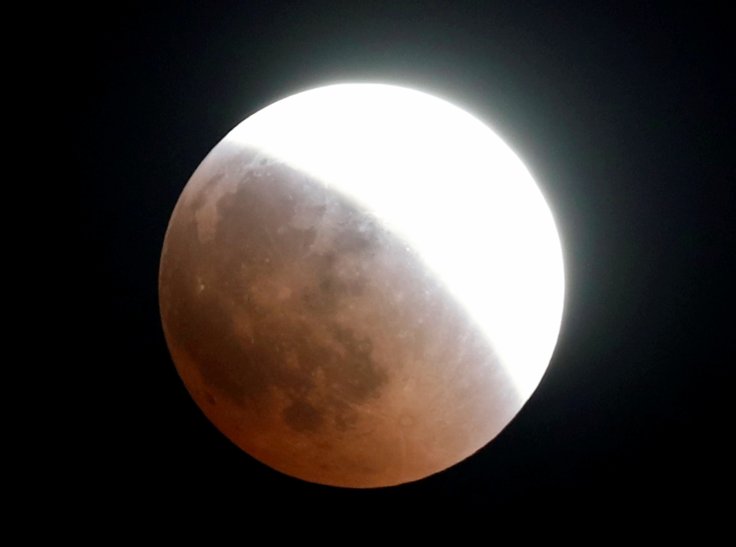
The "dark" side of the Moon may soon have a variety of vegetation growing there as China has begun its 100-day experiment to grow plants on the lunar surface.
China's space agency, China National Space Administration, has just revealed a new photo showing a cotton seed that the Chang'e-4 probe brought to the Moon sprouting. The image of the seed sprouting was shared on Twitter by the People's Daily, a Chinese newspaper. Check it out below.
First in human history: A cotton seed brought to the moon by China's Chang'e 4 probe has sprouted, the latest test photo has shown, marking the completion of humankind's first biological experiment on the moon pic.twitter.com/CSSbgEoZmC
— People's Daily, China (@PDChina) January 15, 2019
According to South China Morning Post , Professor Liu Hanlong of Chongqing University, who led the research, revealed that the rapeseed and potato seeds brought to the Moon had also sprouted, but the cotton seeds were the first to germinate.
As for how plant growth has become possible, the cotton seed is actually being grown in a special environment inside the Chang'e-4.
The Chang'e-4 probe, which landed on the "dark" or far side of the Moon on Jan. 3, is housing an airtight container designed for growing plants and crops in shocking conditions. Dubbed a moon surface micro-ecological circle, the 18-centimeter high aluminum alloy cylinder contains silkworm eggs and seeds for potatoes and rockcress (Arabidopsis thaliana, a flowering plant related to mustard and cabbage).
Chinese scientists are hoping that both the potatoes and rockcress will root and sprout in the container within the 100-day experimental period they have set. They are also hoping that the silkworm eggs will later hatch into moths.
As for why they chose these plants specifically for the lunar experiment, Liu explained that this is part of their long-term goal of eventually building a base on the Moon.
"Why potato and Arabidopsis? Because the growth period of Arabidopsis is short and convenient to observe. And potato could become a major source of food for future space travelers," Liu said. "Our experiment might help accumulate knowledge for building a lunar base and long-term residence on the moon."
Chinese scientists said they used these plants and silkworms because the plants will provide the silkworms with oxygen, while the silkworms will give them carbon dioxide and nutrients through their waste, The Telegraph has learned.
However, there are still some factors that could hinder the crops' growth, such as extreme temperatures. The temperature on the lunar surface can climb up to 100 degrees Celsius (202 degrees Fahrenheit) during the day and drop to negative 100 degrees at night.
This article was first published in IBTimes US. Permission required for reproduction.









